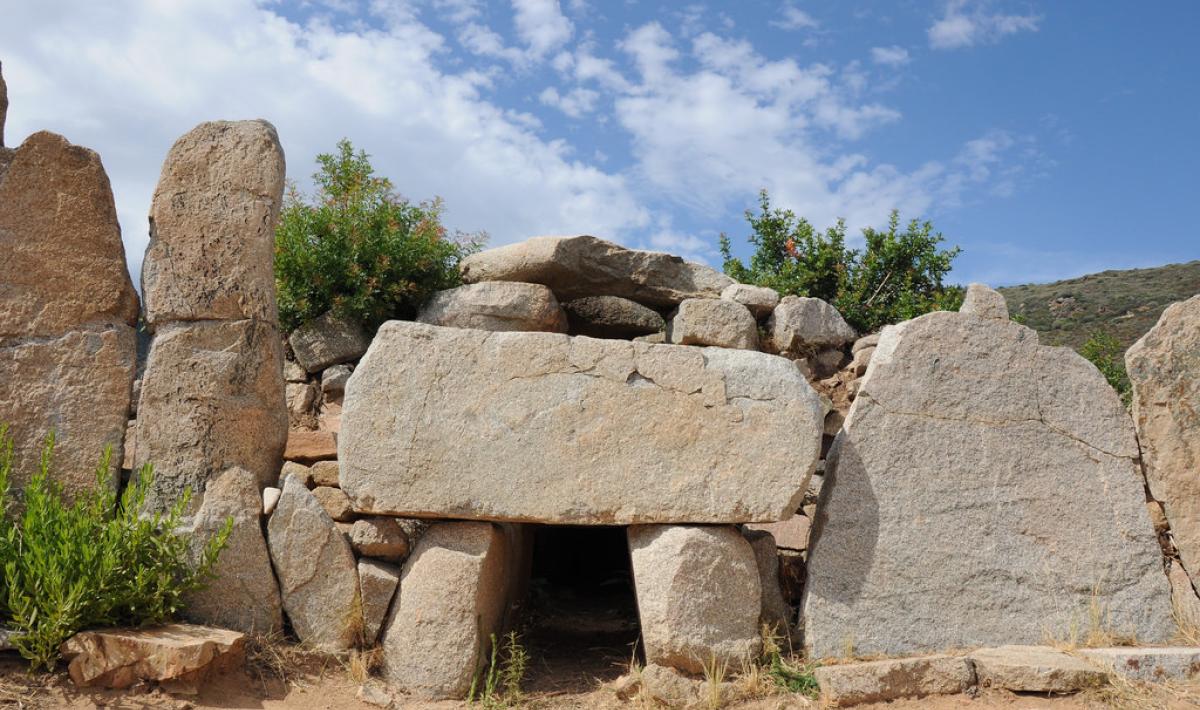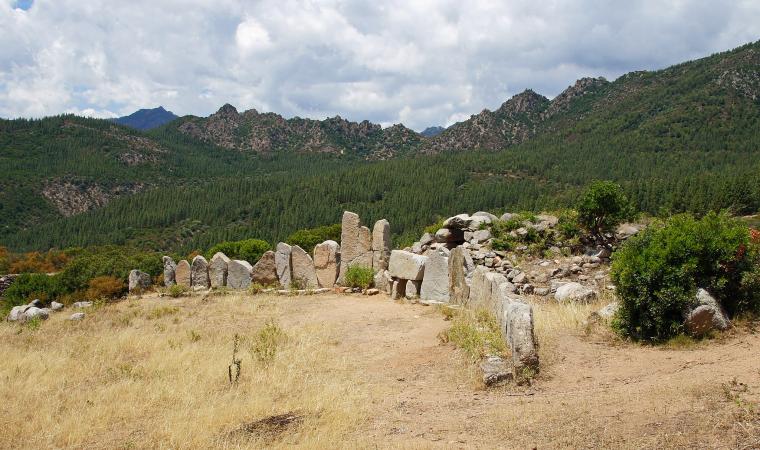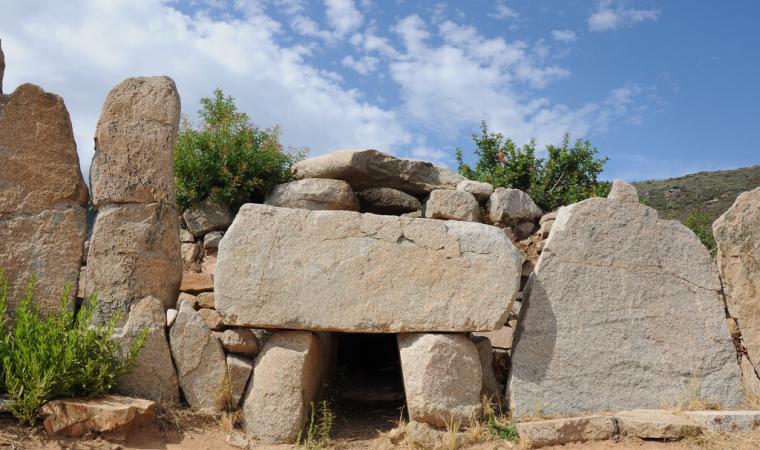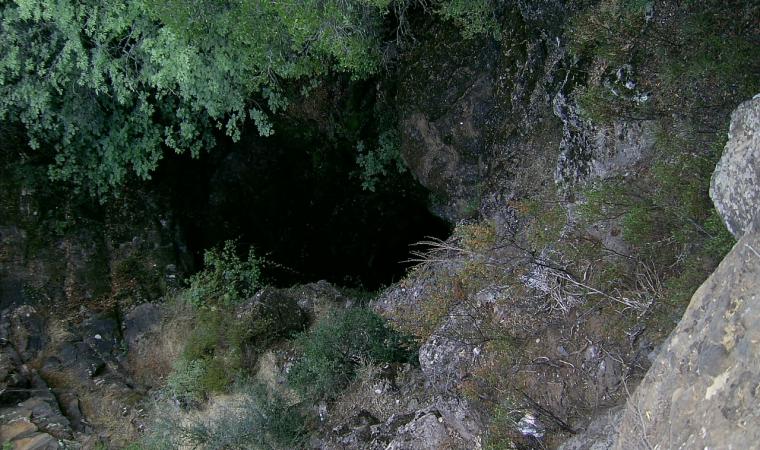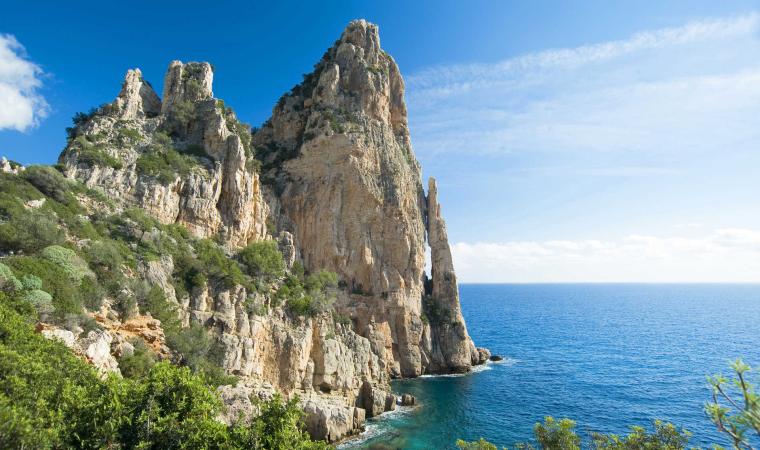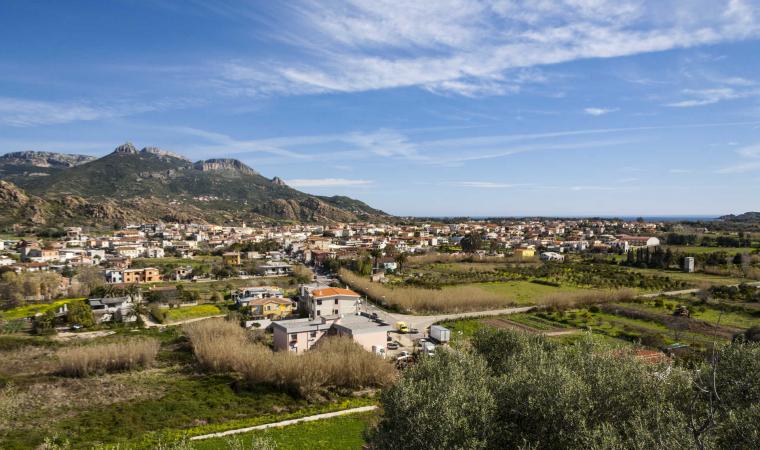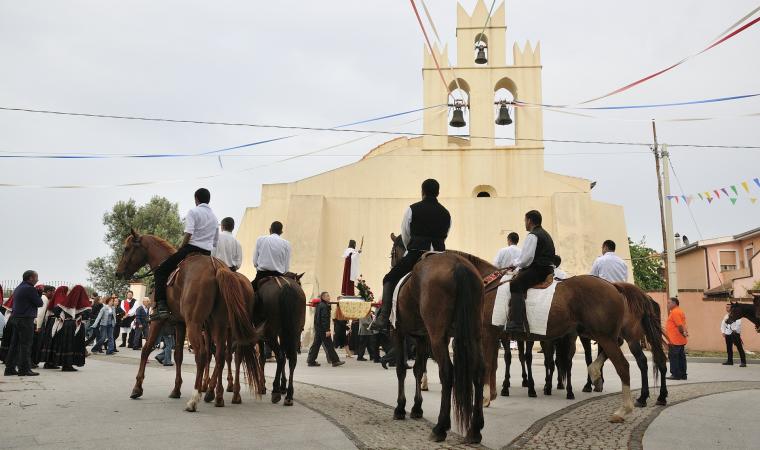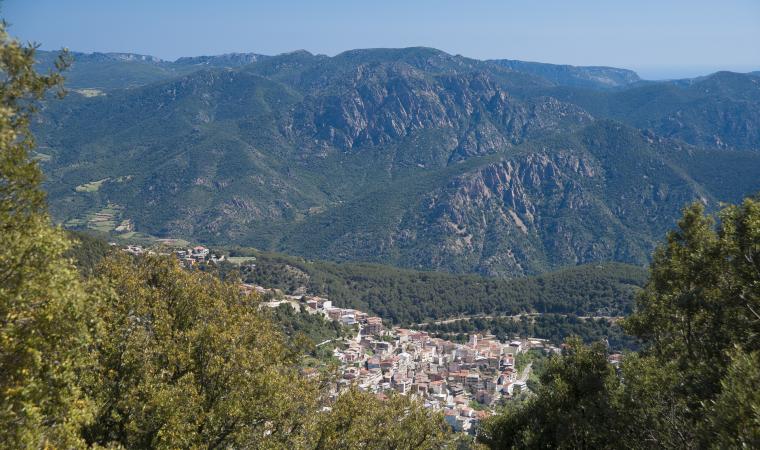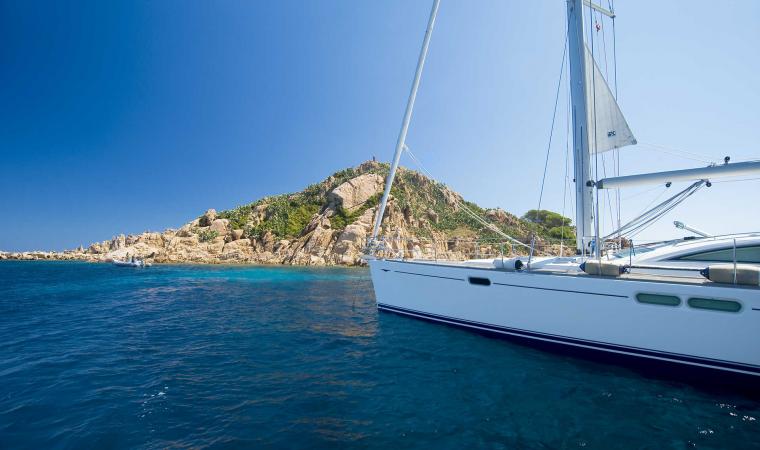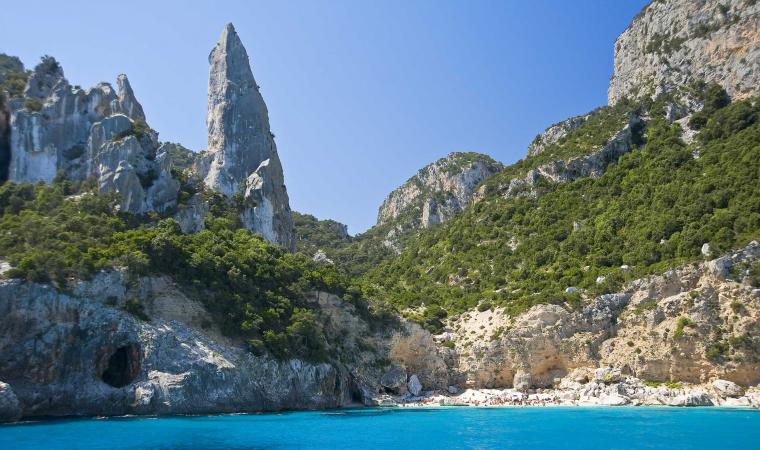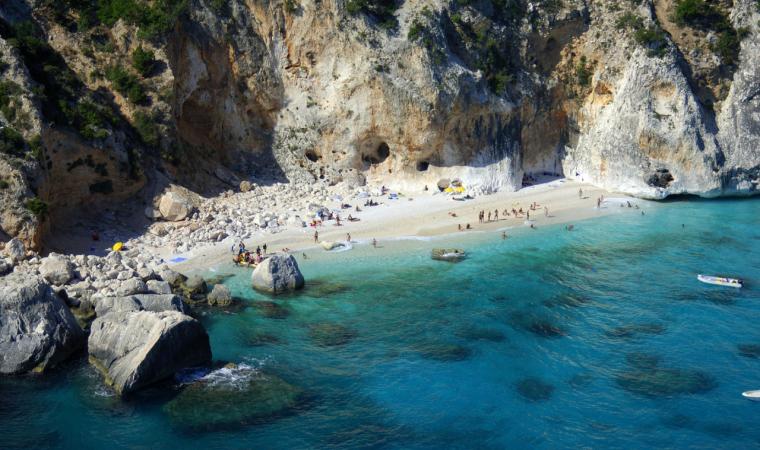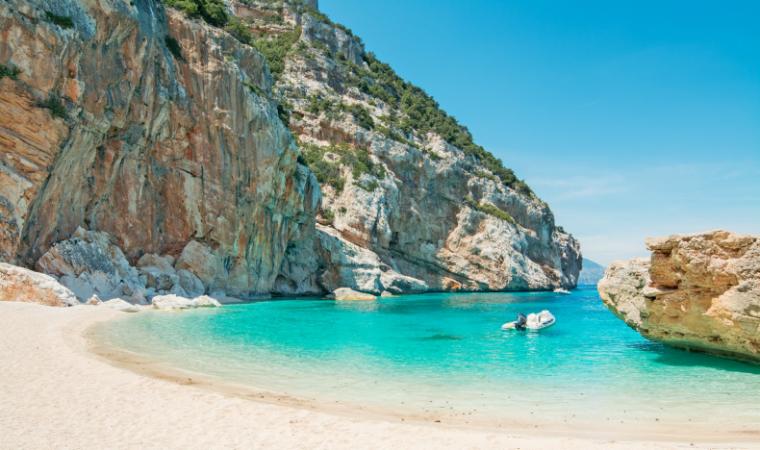Over twenty meters long, and nearly as wide across the arc of the exedra—this ancient burial site unfolds like a stone amphitheater, with the peaks of the Baunei mountains as its dramatic backdrop. The Giants' Tomb of Osono is a gem of Ogliastra’s Nuragic heritage, nestled in a valley near Triei. Its unusual shape is dictated by the sloping terrain: the southern side of the mound is tiered, with structural reinforcements added behind the semicircular exedra.
The arched entrance leads into a funerary chamber just over ten meters long, built with granite blocks arranged in projecting rows. Schist and limestone were also used to form the mound. The piattabanda (flat-lintel) roof structure still has seven massive slabs in place. The exedra, likely added in a second construction phase around the 10th century BCE, is made up of twenty-two granite monoliths, each embedded upright into the ground. Excavations have revealed that the site was in use from the Middle Bronze Age (16th century BCE) to the Imperial Roman period—some finds date as late as the 3rd century CE. Since then, the tomb lay hidden under a protective cover of earth, mastic shrubs, and brambles. You’ll also spot remains of other structures around the tomb whose purpose is still unknown. From this plateau, the view stretches beyond the Supramonte di Baunei, over the rolling hills to the north and west, and southeast toward the Ardali valley, all the way to a distant glimpse of the Arbatax coast.
To continue your Nuragic journey through Triei, head about two kilometers southeast. Near a spring, you’ll find the remains of the Bau Nuraxi Nuragic complex. The site includes a nuraghe, a defensive outer wall, and a large village of circular and rectangular huts—some with apses—built directly against the inside of the fortification. The nuraghe itself is of the “complex” type: two secondary towers were built beside the central keep, and a curved outer wall encompassed four additional towers.
From archaeology to art: Triei is also worth visiting for its captivating murales, which brighten the corners of the old town. Inside the parish church dedicated to Saints Cosma and Damiano, you’ll find a series of 18th-century frescoes attributed to the Are family workshop of Nuoro.

